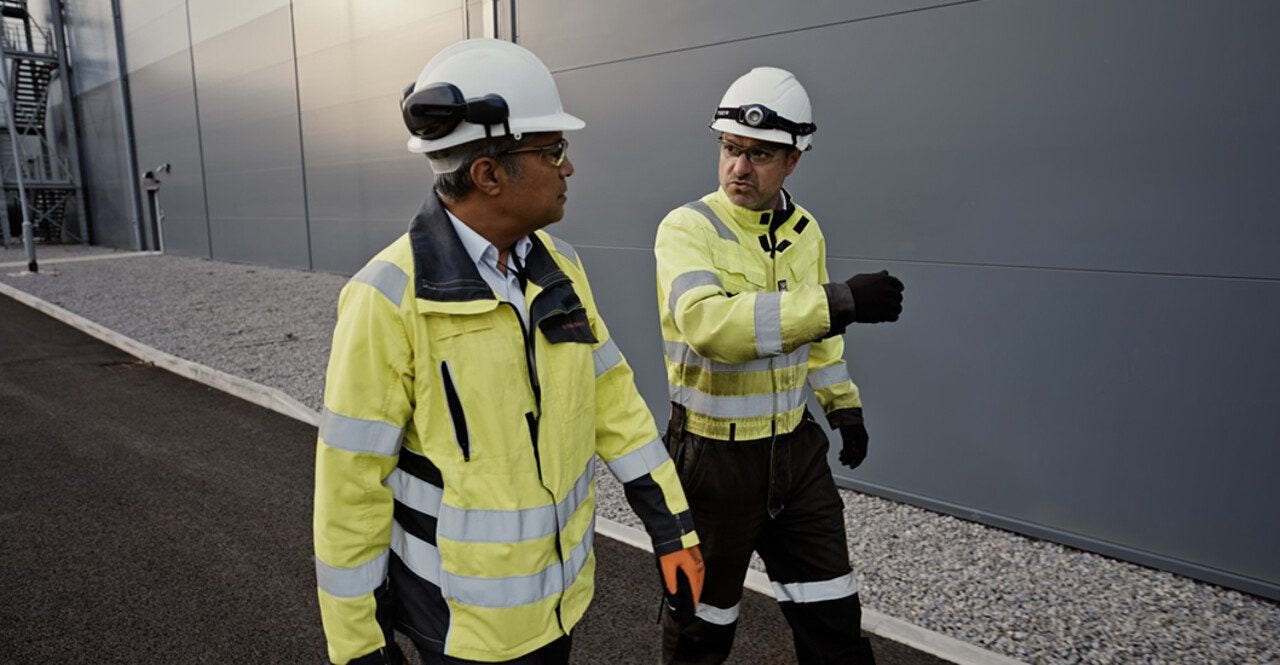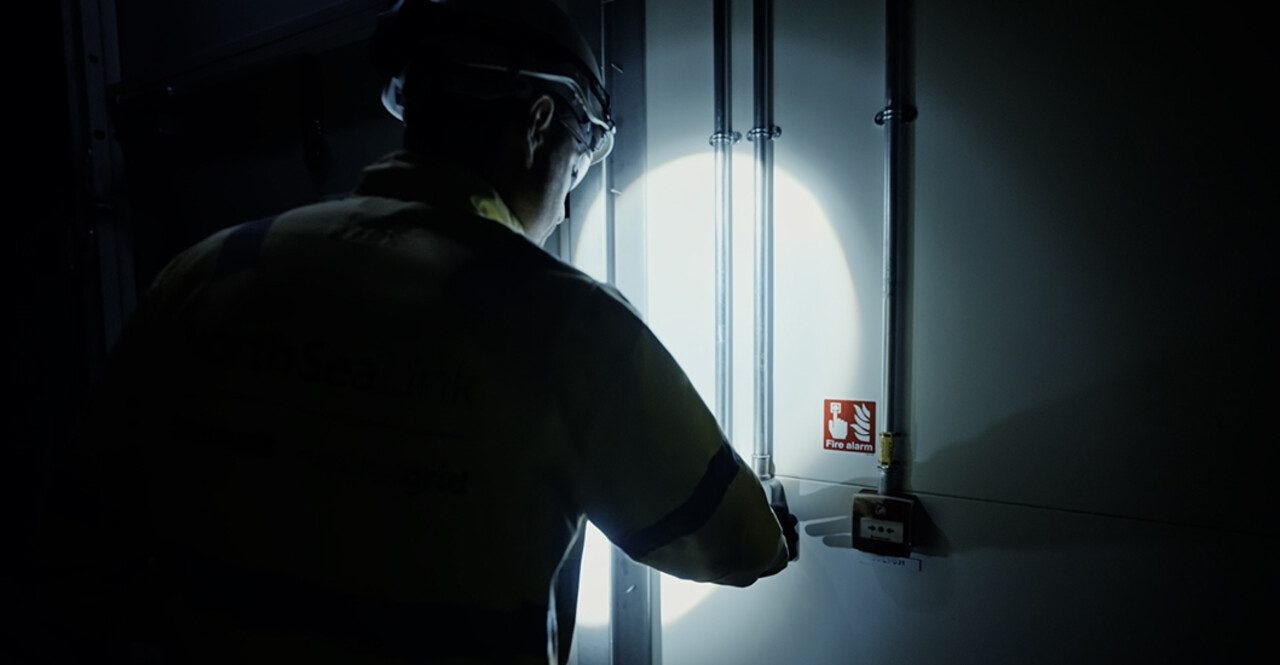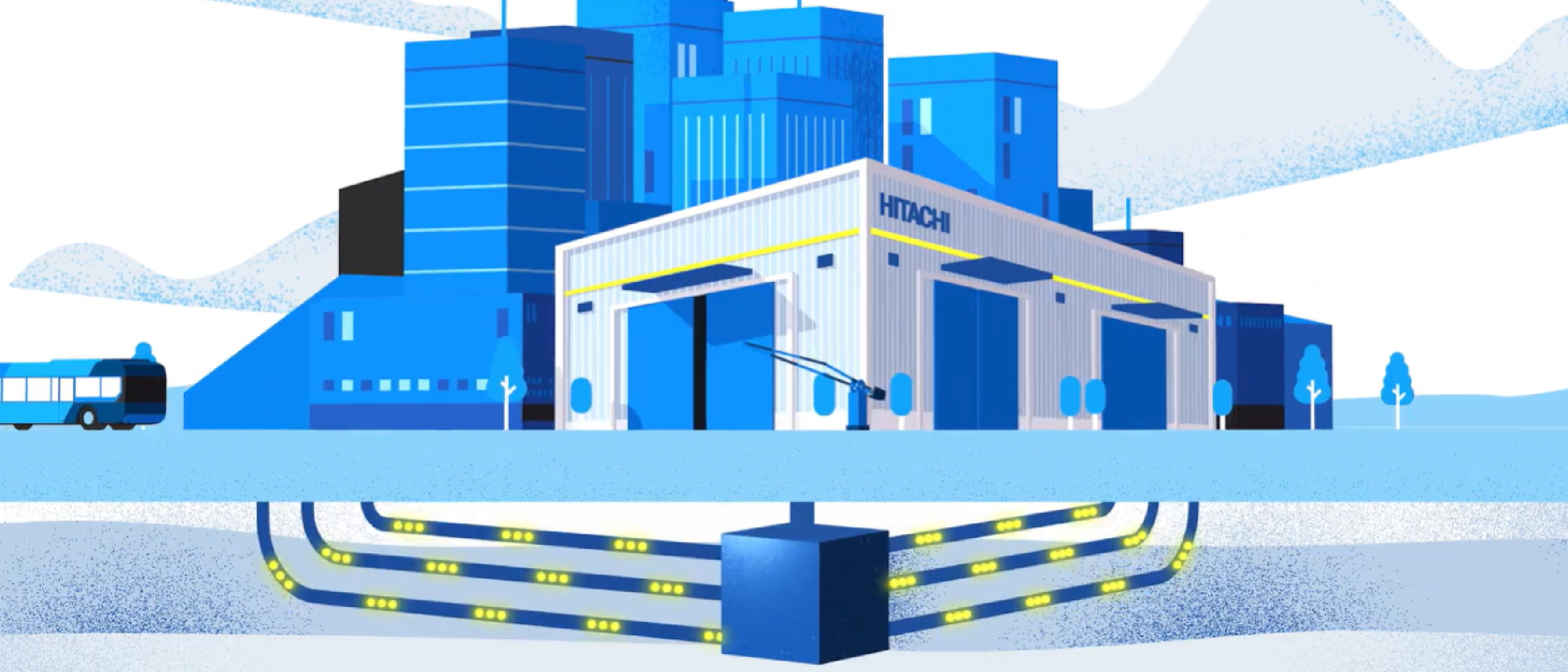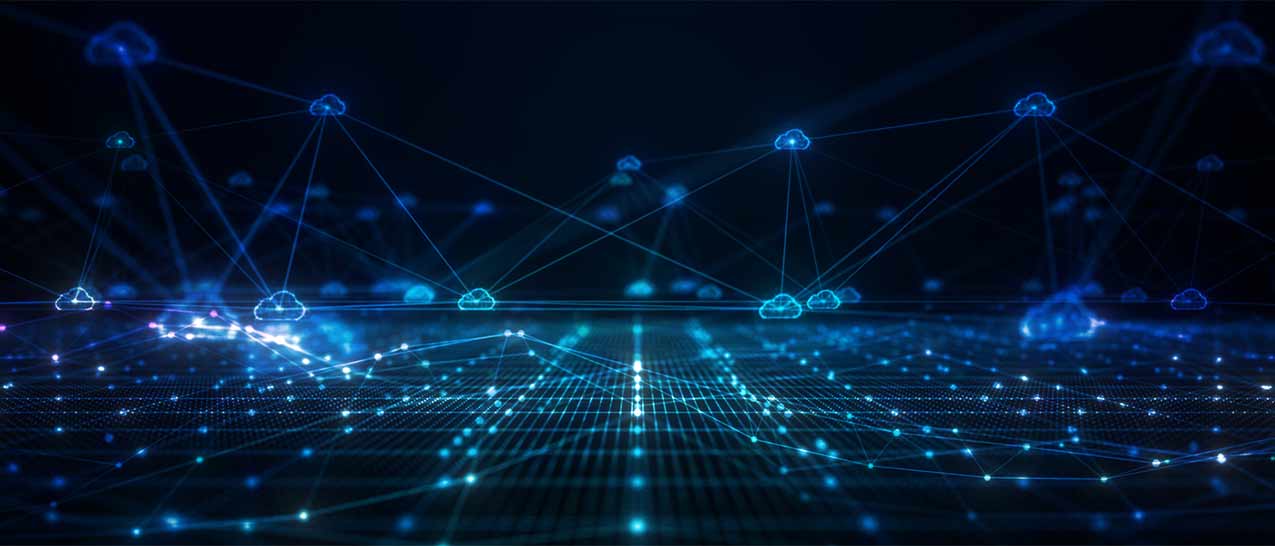

Collaboration is the key to an interconnected future
By Peter Lundberg, Global Product Manager, HVDC, Hitachi Energy
When it comes to electricity generation, a successful and sustainable future is an interconnected future and the sooner we get there, the better.
It’s clear that no single nation or organisation has the ability or the capacity to enable the transition to net zero alone – collaboration must sit at the very heart of our efforts. But collaboration can only deliver meaningful change when powered by the right technology and this is where High-Voltage Direct Current (HVDC) has a vital role to play.
HVDC enables efficient energy transfer between different electrical systems – at present, these systems vary country by country and many are not compatible with each other. Electricity has a key role to play in helping us meet net zero and as a result demand is therefore increasing. HVDC is transformational as it delivers the control over power out and power in which forms the foundation of a safe and stable power system. It’s classic supply and demand – if there’s an energy surplus in one market it can help power another, in an efficient, economic and transparent manner.
For decades we have seen the impact of HVDC in the form of interconnectors transporting power to millions of homes and businesses across the globe. For example, by next year there will be at least six interconnectors between Great Britain and Europe, enough to supply 25% of GB electricity requirements – projects such as the North Sea Link and NordLink are changing the picture across Europe. But HVDC can also unlock the true potential of domestic energy systems as shown by the Corridor projects in Germany, a series of underground electricity transmission lines which will carry power from renewable sources to where it is needed most. Beyond Europe, we’re involved in similar turnkey partnerships across the US and Canada and Japan but if we are to build a future-fit electricity network we need more of these projects and quickly.

The technology is here but we need to accelerate its deployment and that will only happen through collaboration. The context here is intermittent renewables – the sun doesn’t always shine, and the wind doesn’t always blow – which means that connecting different countries and time zones at scale is crucial. At the moment there are limited connectors from East to West – if we can change this, then we really can deliver an energy system fit for a cleaner, greener planet.
Globally, we’ve seen pioneering work from the like of the DESERTEC Foundation and important studies such as e-Highway 2050 but now is the moment to accelerate. As a supplier, we are investing heavily in the technology and major climate events have accelerated the political will to push these projects forward, but progress is more complicated than simply turning on a switch.

This is one reason why Hitachi Energy recently signed up as one of more than twenty European partners in the InterOPERA project to define technical frameworks and standards for electricity transmission and accelerate the integration of renewable energy. But it’s not just about developing technical standards, it’s also about agreeing on the procurement, commercial, legal and regulatory frameworks that will facilitate the tendering, building and operation of full-scale HVDC multi-terminal, multi-vendor, multi-purpose real-life applications anticipated by 2030.
It’s great to join forces with like-minded organisations on such an important piece of work but there’s a long way to go if we want to achieve our climate change ambitions. Our message to everyone with a stake in in the future of our energy system is this: We’re ready – are you ready to join us?









